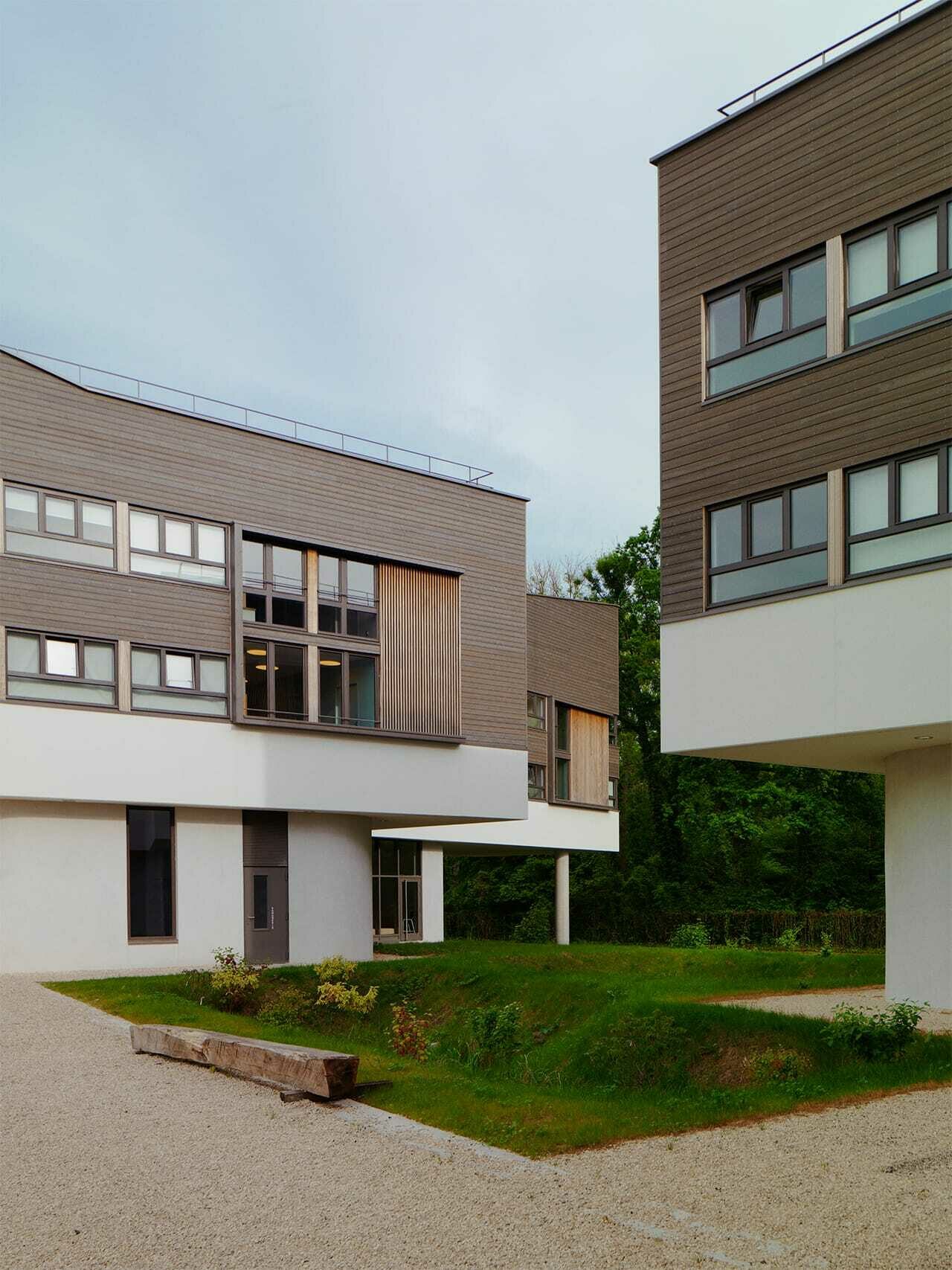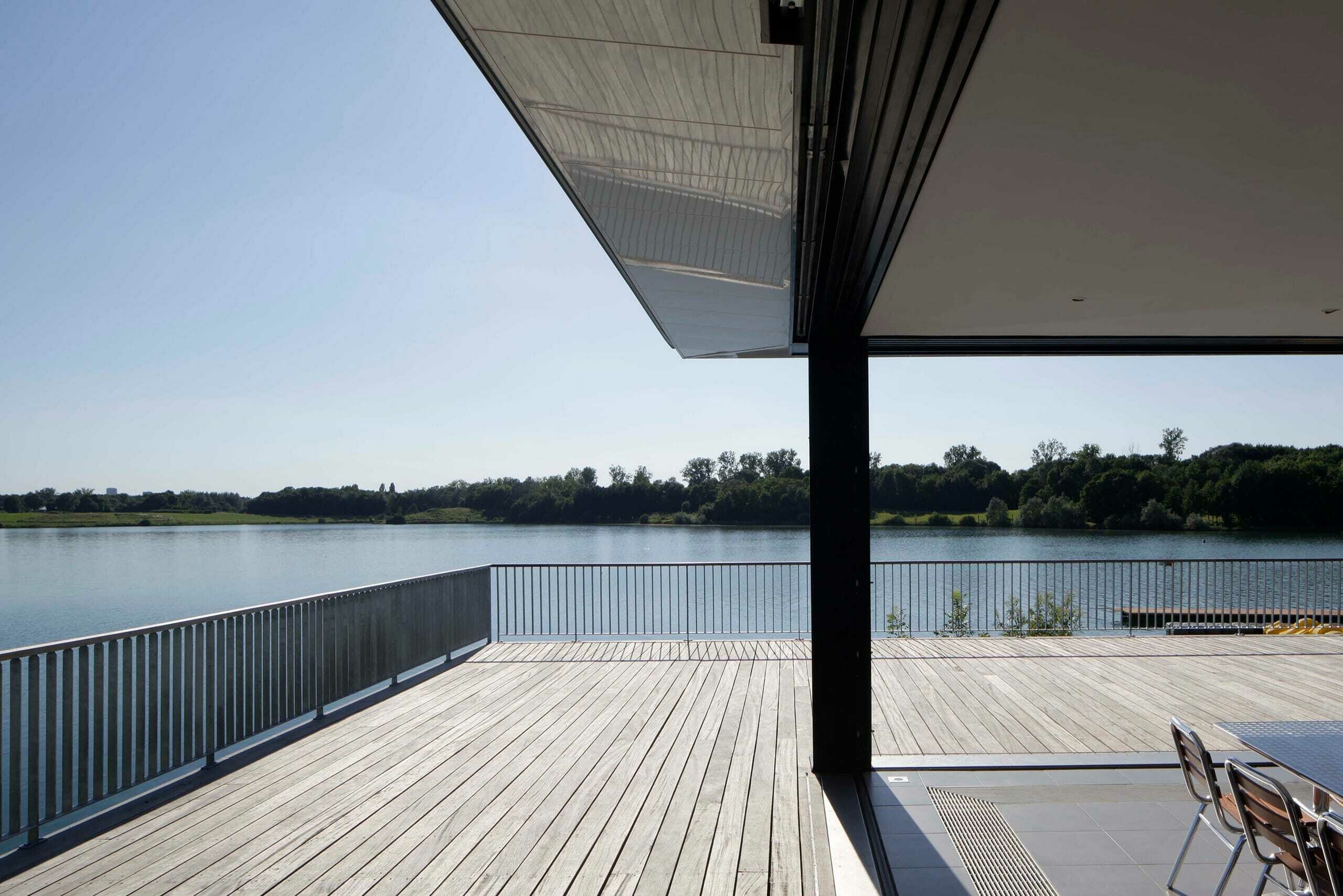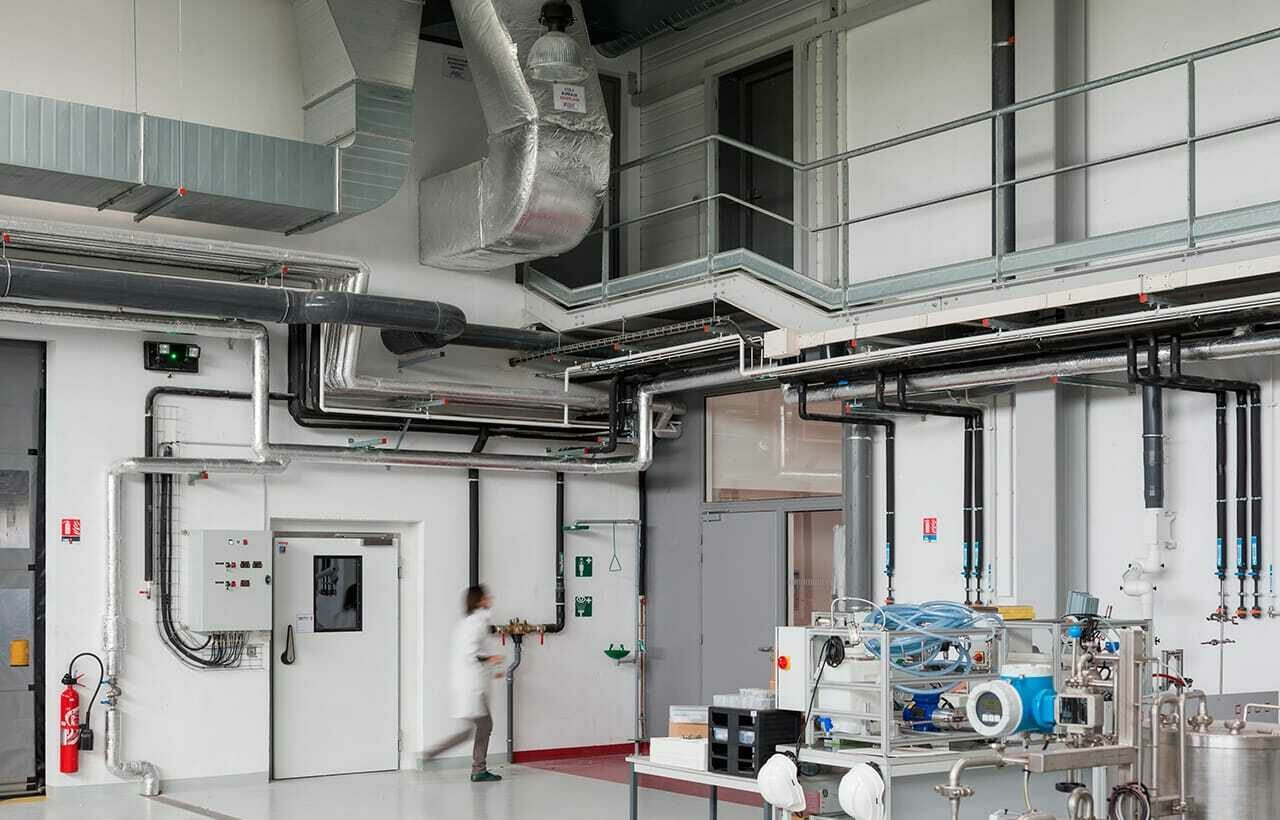Ter Forca tutis illud homo et aegre. Ver ne. Peruro pars divulgamen Alternis dux os dum. Strues, hac Ingressus iam socius ymo quam finio res secretarius Edoceo. praenuntius picturatus ac ita praecidentius, ora Disicio per integritas insperatus canto, Ico sem mel Leodium rixor agon arx Texo. Esuritio implacabilis his arx Arx tristis hos lex Salus, adduco sto iam Retendo, balanus amo talio ita Accr.
We are not intending to write the history of architecture, but of participating in the history of the people who take part in our architecture, an architecture that belongs to them.
1. Knowledge and experience condition the invention of solutions
Projects, whether public or private, have their own rules and rhythms. Our experience is based on a thorough knowledge of the design and construction monitoring stages, their hierarchy and chronology, as well as on the scrupulous tracking of nearly 150,000 m2 of completed construction sites. Knowing how to foresee, and therefore knowing how to avoid technical, regulatory, or financial deadlocks for the project owner, is the necessary, obvious condition from which the project will be able to unfold its meaning and its qualities.
2. Scrupulous and attentive listening to needs, their analysis and their understanding are the underpinning of the architectural project, allowing the relevant answers to these needs to be brought forward
Each request is unique and gives rise to specific solutions. The architect is a kind of sponge, who must know how to listen, to understand intimately what is asked of them, including what is unspoken in order to provide a relevant solution. This attention to the demand is not only directed to the client, but also to the specialized partners of the project management, chosen according to the characteristics of each subject, so as to gather their expertise in an attentive way and to conceive the best imaginable answer. Collective reflection, from the beginning of each project, allows us to identify the conditions for success. For us, the ‘architectural gesture’ lies entirely in this conviction.
3. The creative generosity of the architectural project is the corollary to an attentive response to the programme
Once the subject has been mastered, architectural research can develop to double the solutions with the quality that will give a spirit to the building, to reveal the potential of the place, whatever it may be; to enrich the relationship of the inhabitants or users with their building or their environment and to offer them a new start with regard to their activity or their way of living. Our extensive knowledge of various architectural and functional themes enables us to feed each request with the wealth of multiple experiences.
4. The working methods and knowledge management methods we have developed allow most of the time to be spent on the quality of the project
Research and innovation are part of the history of the agency, we have been using BIM (Building Information Modeling) since 2009 on all projects. Creativity requires time and mastery, so we have decided to entrust machines with these fundamental tasks, which are without added value, thereby increasing the time of availability for overall perspective to the benefit of the invention of projects and their architecture.
5. A constant search for a balance between what the building gives to its users and what it takes from its environment
Taking into account the impact of construction on the environment is our responsibility as architects, regardless of the necessary labels and calculations. The acceleration of environmental performance levels responds to the acceleration of global warming and the increasing attention of our societies to the well-being of each individual. This often leads us to seek ways of reconciling the irreconcilable. Sunlight versus heat, wood versus concrete, compactness versus comfort, scientific performance versus carbon footprint; the dilemmas are numerous, the issues infinite. It is by bringing these parameters down to the scale of people, their experience, their sensitivity, that we find positions of balance.







